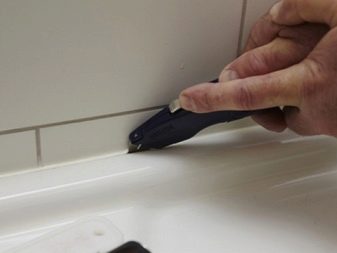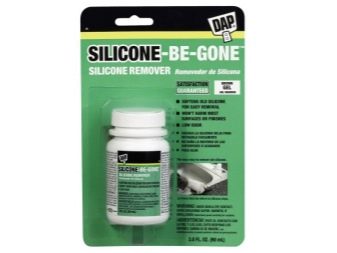Sanitary sealant for bathrooms
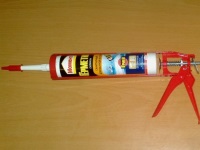
The bathroom has many characteristics different from all other rooms in the house. It maintains a special microclimate, the main features of which are high humidity and temperature fluctuations. Therefore, to repair the bathroom use special finishing and building materials that are designed for use in rooms with high levels of humidity and varying temperature conditions.
This also applies to sealing compounds, without which you can not do in the process of repairing the bathroom and sanitary unit. For the bathroom should choose a special sanitary sealant based on silicone. About what this means and how it should be used, we will tell in detail in this article.
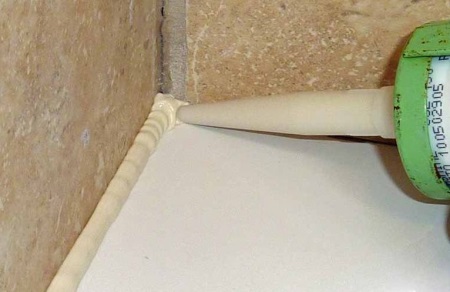
Features of silicone sanitary sealant
The main active component of the sanitary sealant is silicone. In addition to it, the composition of the sealing agent usually contains an adhesion enhancer, vulcanizer, plasticizer and various additives, including dyes and fungicides.
Silicone sanitary sealant has excellent performance characteristics, namely:
- resistance to ultraviolet radiation, which allows it to work on surfaces exposed to sunlight;
- High strength and at the same time good elasticity - these properties of the sanitary sealant are due to the presence in its composition of silicone, which belongs to the organosilicon compounds;
- resistance to aggressive chemicals, which are often present in cleaning products for sanitary ware;
- resistance to fungus, mold and insects - for this property silicone sealant distinguishes special fungicidal additives.
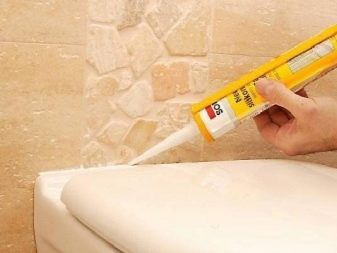

Silicone
Quality sanitary sealant should consist of at least half of silicone rubber. In the home one of two varieties of silicone sealants is usually used - neutral or acidic. Experts in the field of repair advise choosing a neutral sealant to treat surfaces in the bathroom. It costs more, but it is harmless to humans and virtually odorless. In addition, neutral sealant interacts perfectly with all kinds of materials, even with such delicate materials as marble. It is used not only for sealing, but also for bonding various elements.
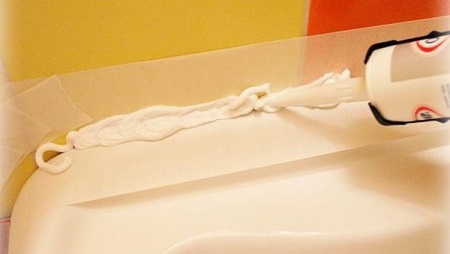
Transparent
Transparent silicone sealant is usually used to work with a separate group of materials - transparent and translucent glass and tile. Since glass sanitary ware (sinks, shower enclosures, etc.) is very popular today, transparent sealant compositions are in high demand. In the bathroom, a transparent sealant can also be used to seal the seams between the fragments of glass mosaic.
In addition, this type of sealant is used for the arrangement of aquariums, the installation of glass units and transparent partitions.
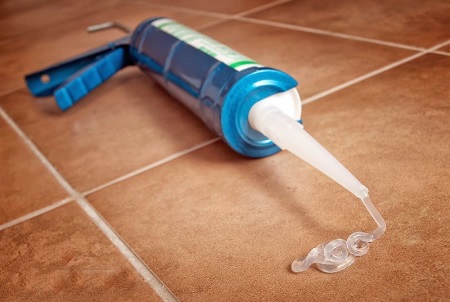
Tips for choice
- When buying a sanitary silicone sealant, look closely at the composition: about 90% should be silicone rubber and filler (with about equal amounts of both). The remaining 10% are fungicidal additives, plasticizers, catalysts, etc.
- For the production of quality silicone sealant uses more expensive materials and, as a consequence, for it assigns a higher price. Therefore, buy a sanitary sealant is not cheaper than 150 rubles for a standard package.
- If the package with sanitary sealant is labeled "A", it means that it refers to the acidic sealing compositions. Such sealants have a pungent smell of vinegar. Protect your hands and respiratory system when using them. In addition, acid sealants may not be used on all types of materials.
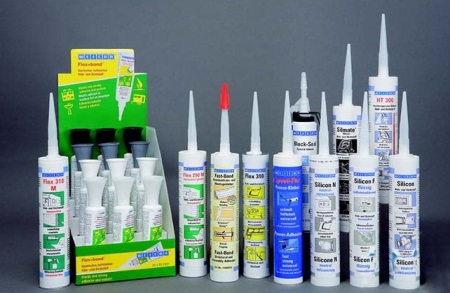
Instructions for Use
In the bathroom, silicone sealant is most often used for sealing the joint between the wall and the font, processing joints between parts of the shower enclosure, sealing the bathtub screen and other similar works. Apply sanitary sealant is simple enough, you only need to follow a certain sequence of actions.
- First, we carry out preparatory work: clean, seal and dry the work surface.
- Then we arm ourselves with masking tape and paste those places that need to be protected from the sealing agent. To make the joint even and neat, masking tape should be glued as close to the joint as possible.
- Standard packaging for silicone sealant is a tube that is tucked into a special gun. After that, you should cut the spout of the tube at a certain angle - so that the diameter of the hole coincides with the width of the joint.
- Insert the tip of the tube as deeply as possible into the gap and spread the sealant evenly over the entire joint.
- If the seam is not very even, you can correct it with a rubber spatula or a soap-soaked finger before the sealant sets.
- Then tear off the strips of masking tape and wait for the sealant to dry.
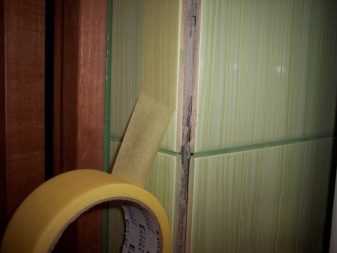
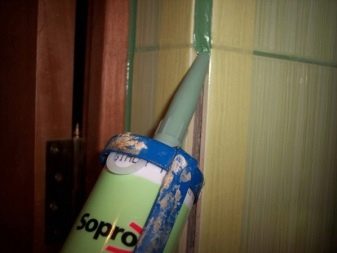
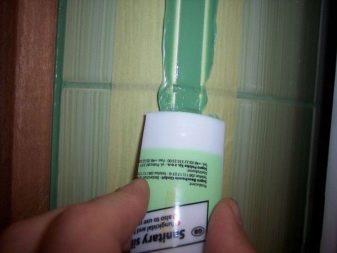
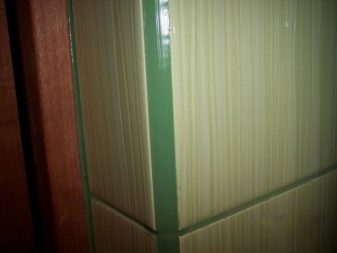
How long does it dry?
Different manufacturers specify different drying time of sanitary silicone sealants.
The top layer hardens in a few hours after application, but the complete drying of the composition should take at least a day. All this time the fresh joint should be protected from water.
According to observations of experts, the drying rate of sealing composition directly depends on the thickness of the seam. On average, it is 2 mm per day.
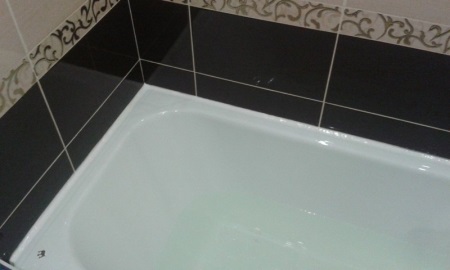
Removing
Remove sanitary silicone sealant from various surfaces can be removed in two ways: mechanically or with the help of special cleaning agents.
The first method can be used if you need to remove fresh, not yet cured silicone sealant. You can simply pick it up with the blade of a knife, and then collect it with your hands. You can also use a sharp knife to scrape off a thick layer of old, long-standing sanitary sealant.
If the layer of silicone sealant is thin enough and can not be mechanically acted upon, the silicone solvents and removers will help. A standard acetone or white spirit will do, as well as specialized products that can soften the silicone without damaging the surface. These include, for example, Silicone Remover, Sili-Kill and Permaloid.
